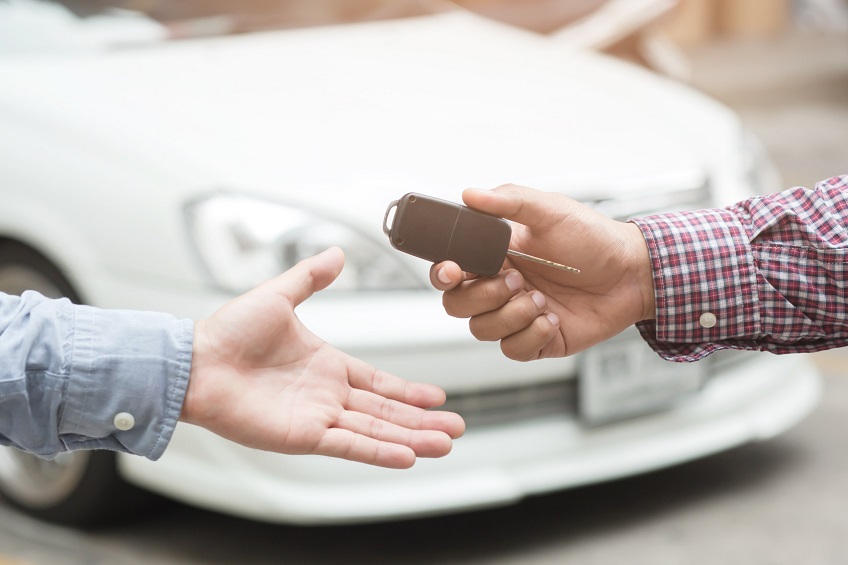
Please read Part 1 of this blog series for an introduction and more information on considerations when looking at used cars. Here are some more tips to apply while you’re shopping around: Check the color of transmission fluid: Normal transmission fluid color is bright red. If it’s dark or black, you are probably looking at some immediate repairs. It also should be full and not smell burnt. Take it for a test drive: Listen for clunks or noises while on your test drive. Check for backfiring or anything else that doesn’t sound right. You should be able to have a mechanic give it a quick assessment to see if anything major is going on. Make sure there are no warning lights when you turn on the car: If a check engine light pops on as soon as you turn the car on, be weary. Ask how long it’s been on, and if it’s blinking, that’s usually worse. Take it to a mechanic to see what’s going on. Check functions and controls: Sit in the car and adjust the seats to make sure you can sit comfortably and that the seat controls work. Run the heater, AC, radio, and everything else so you are sure they’re in working order. Inspect interior: Interior smells can be tricky to remove, especially if the car was smoked in. Check for stains, smells, mildew or mold, holes, and tears so you know what you’re going to be dealing with. Feeling of hesitation at certain speeds: See how the car responds as the engine shifts or when you hit speeds around 45, 60, and 70 mph. If there’s a hesitation, it could indicate worn ball joints or suspension system. Research: Do a quick search on the make and model and find out the vehicle’s reputation as well as any recalls or notices. You should also ask the seller for the car’s repair history and/or get a vehicle history report from Carfax. Look at the vehicle identification number (VIN) and check records to make sure it’s legally registered and accurate. Ask about preventative maintenance: Some cars with over 150,000 miles be in a great condition because they have been well cared for. Other cars with far less miles may already have big issues because they were not well care for. Find out if the owner has kept up on appropriate maintenance and how often it has been driven. Check the tires: It’s likely you’ll need to replace the tires on a used car fairly soon after buying it, but you will want to check this to see how close they are to replacement. Check for uneven wear, which is a sign of poor alignment. If they need to be replaced immediately, you can negotiate that into the price. As you’re finalizing a used car purchase, bring up all your concerns and make sure you’re aware of what you’re getting into. Negotiate the price, don’t overpay no matter how excited you are, and make sure both parties are being fair and honest. If you have questions about buying a used car, visit Transmission City & Automotive Specialists for assistance.